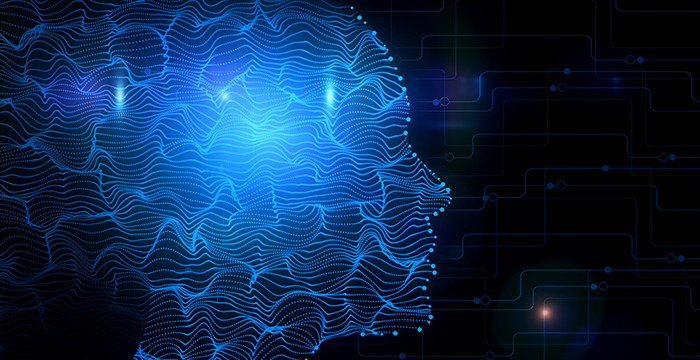Clifford Chance senior associate Leigh Smith considers some of the intellectual property law issues arising from the increasing prevalence, and increasing capability, of AI software

Does copyright law recognise AI-generated works? Traditional copyright law protects the original creations of authors, which include artists, composers and other creators. An author of a work is defined as the person who creates it, with additional clarification for particular types of work — for example, the producer of a sound recording is deemed to be its author. For a literary, artistic, dramatic or musical work, which includes software, to qualify for copyright protection the work must be “original”. Case law provides that for a work to be original it must be its “author’s own intellectual creation”.
The threshold for originality is low; but crucially it requires the exertions of a human author. Without a human author, the work cannot be original. If a literary, artistic, dramatic or musical work is not original, then no copyright subsists in the work (section (1)(a) of the Copyright Designs and Patents Act 1988 (CDPA)).
We already accept that authors may use tools, including computer software, to assist in the creation of their works. An example is a photographer using automatic settings and timers on a camera. The fact that the photographer used automatic settings and did not press the shutter button at the moment the photo was taken does not preclude him or her from being an author of an original photograph.
UK copyright law goes further and acknowledges the possibility that works could be “computer-generated” defined as “generated by computer in circumstances such that there is no human author of the work” (section 178 (CDPA)). Section 9(3) CDPA provides that the author of a computer-generated work is deemed to be the person “by whom the arrangements necessary for the creation of the work are undertaken”. Continuing the photography analogy, if it were debatable whether merely rigging up a motion sensitive camera was enough to make someone an author of photographs it takes, section 9(3) might clarify the position.
Who, if anyone, is the author?
If we assume that an AI tool has acted sufficiently independently of any human that the identity of the author in a normal sense is unclear, and section 9(3) may therefore apply, the answer to the question whether copyright can subsist in an AI-generated work depends on whether it is obvious who is the human “by whom the arrangements necessary for the creation of the work”. In the short term this is likely to mean whether a human user of the AI tool is the author of works created, or whether it is the original programmer of the AI tool.
As AI becomes more advanced, and the tasks allocated to AI allow the AI system more freedom to make its own decisions, it may become increasingly difficult to say with certainty who created or made the arrangements necessary for the creation of a given work — or indeed whether anyone made the necessary arrangements at all. In the scenario where the AI is fully autonomous, if no person made the arrangements necessary for the creation of a work which requires originality for copyright to subsist, then no copyright could exist in the work as there would be no author.
Would high-level instructions of the operator suffice for authorship, would the role of the programmer of the AI system need to be factored in, or would we have to concede the work was created without any human intervention at all with the consequence that the work is not protected by copyright? This could have dramatic consequences for a party seeking to monetise works generated using AI tools.
Leigh Smith is a senior associate in Clifford Chance’s intellectual property team. He will be speaking alongside other Clifford Chance lawyers at this evening’s ‘Artificial intelligence and the law’ event. The event is now fully booked.

